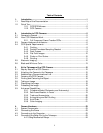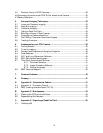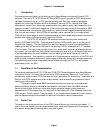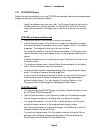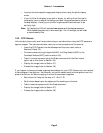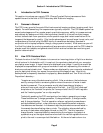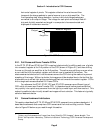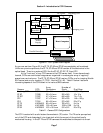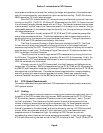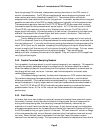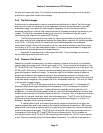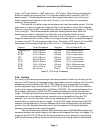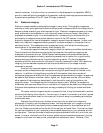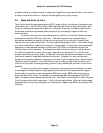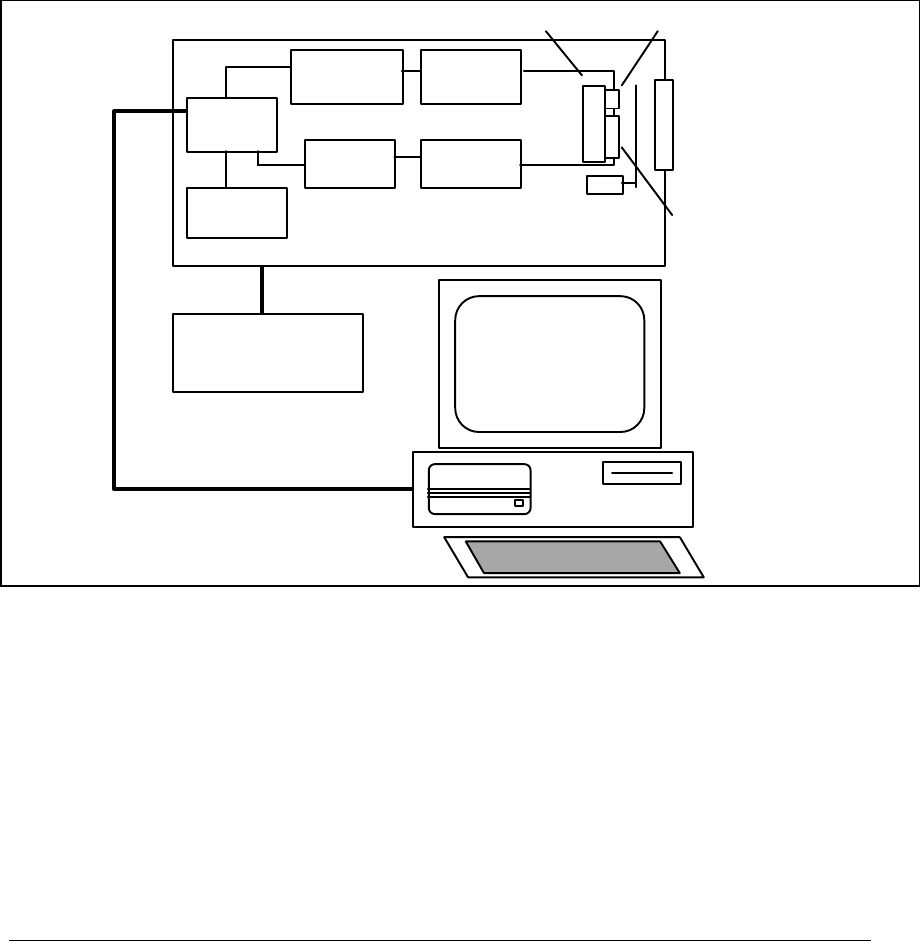
Section 2 - Introduction to CCD Cameras
Page 7
Host Computer
Clock
Drivers
Preamp
16 Bit
A/D
Micro-
controller
Tracking CCD
Imaging CCD
Shutter
TE Cooler
PC
Interface
Telescope
Interface
Desktop
Power
Supply
Parallel Interface
Figure 2.2 - CCD System Block Diagram
As you can see from Figure 2.2, the ST-7E, ST-8E and ST-9E are completely self contained.
Unlike our previous products, the ST-7E, ST-8E and ST-9E contain all the electronics in the
optical head. There is no external CPU like the ST-5C, ST-237, ST-6 and STV.
At the "front end" of any CCD camera is the CCD sensor itself. As we have already
learned, CCDs are a solid state image sensor organized in a rectangular array of regularly
spaced rows and columns. The ST-7E, ST-8E and ST-9E use two CCDs, one for imaging (Kodak
KAF series) and one for tracking (TI TC211, like the ST-4/4X). Table 2.1 below lists some
interesting aspects of the CCDs used in the various SBIG cameras.
Camera CCD
Array
Dimensions
Number of
Pixels Pixel Sizes
Tracking CCD TC211 2.6 x 2.6 mm 192 x 164 13.75 x 16 µ
ST-5C TC255 3.2 x 2.4 mm 320 x 240 10 x 10 µ
ST-237 TC237 4.7 x 3.6 mm 640 x 480 7.4 x 7.4 µ
STV TC237 4.7 x 3.0 mm 320 x 200 14.8 x 14.8 µ
ST-6 TC241 8.6 x 6.5 mm 375 x 242 23 x 27 µ
ST-7E KAF0401E 6.9 x 4.6 mm 765 x 510 9 x 9 µ
ST-8E KAF1602E 13.8 x 9.2 mm 1530 x 1020 9 x 9 µ
ST-9E KAF0261E 10.2 x 10.2 mm 512 x 512 20 x 20 µ
Table 2.1 - Camera CCD Configurations
The CCD is cooled with a solid-state a thermoelectric (TE) cooler. The TE cooler pumps heat
out of the CCD and dissipates it into a heat sink which forms part of the optical head's
mechanical housing. In the ST-7E and ST-8E cameras this waste heat is dumped into the air



